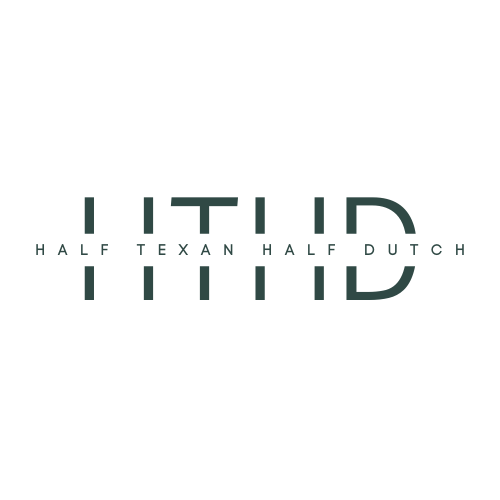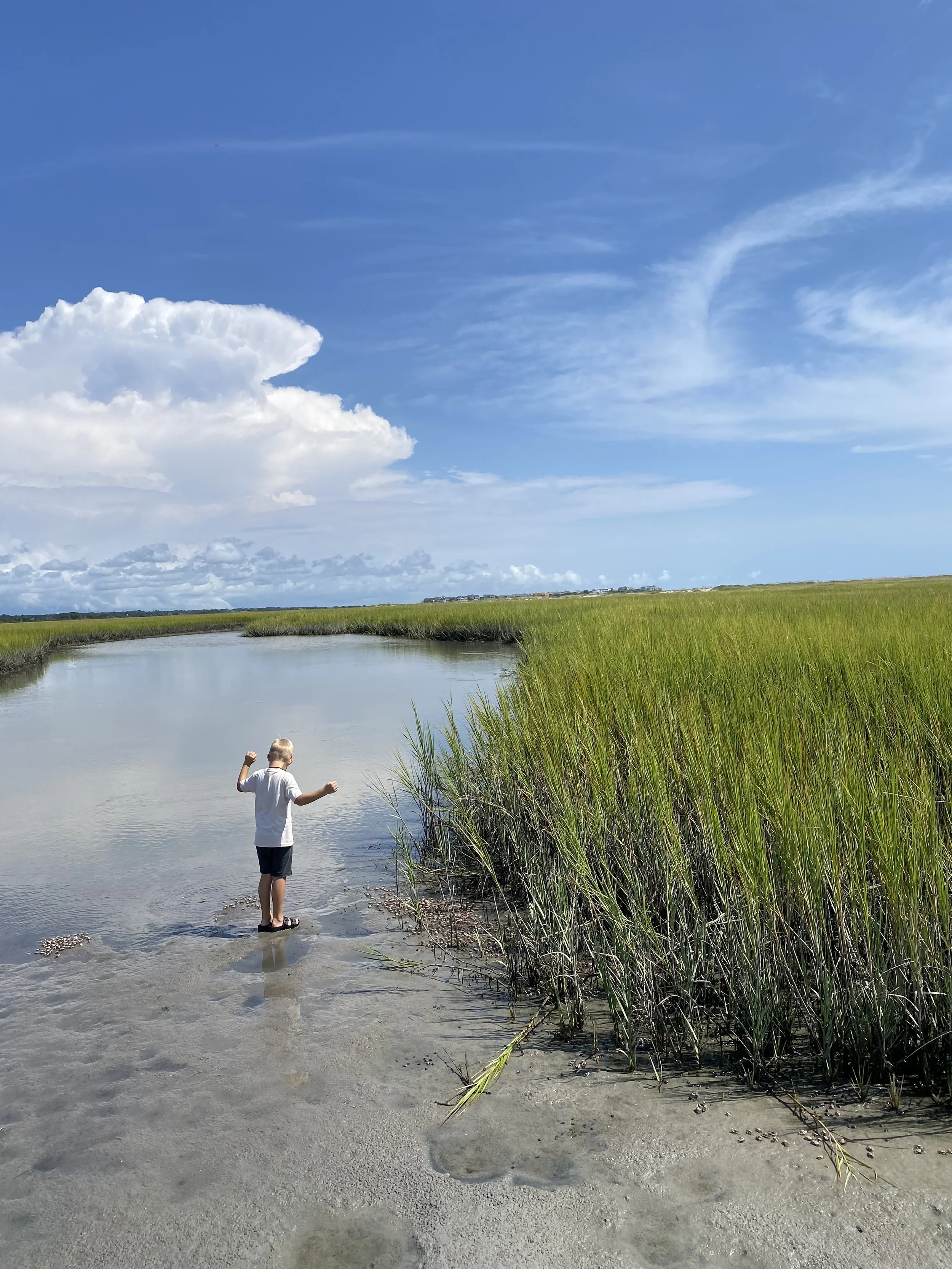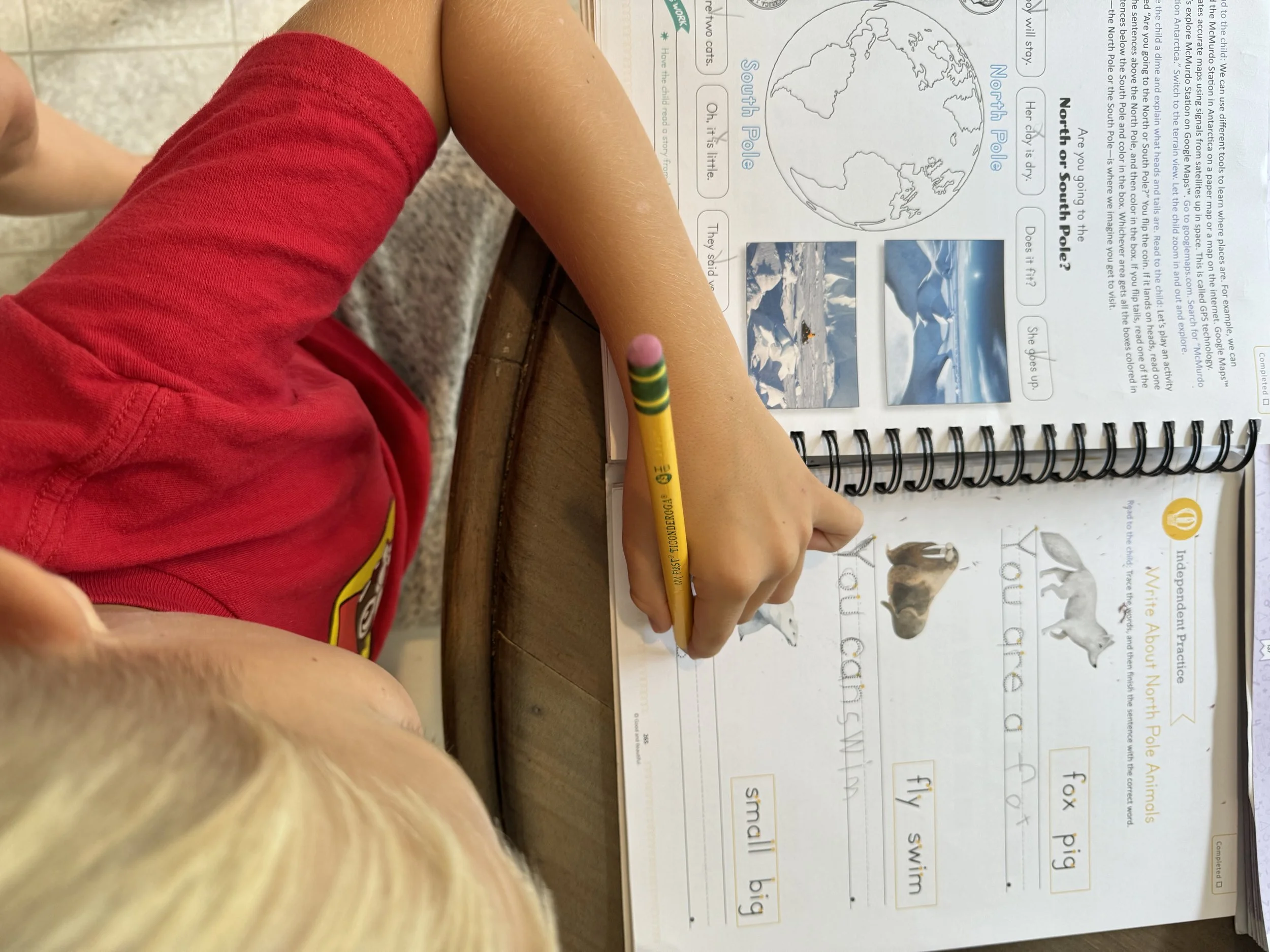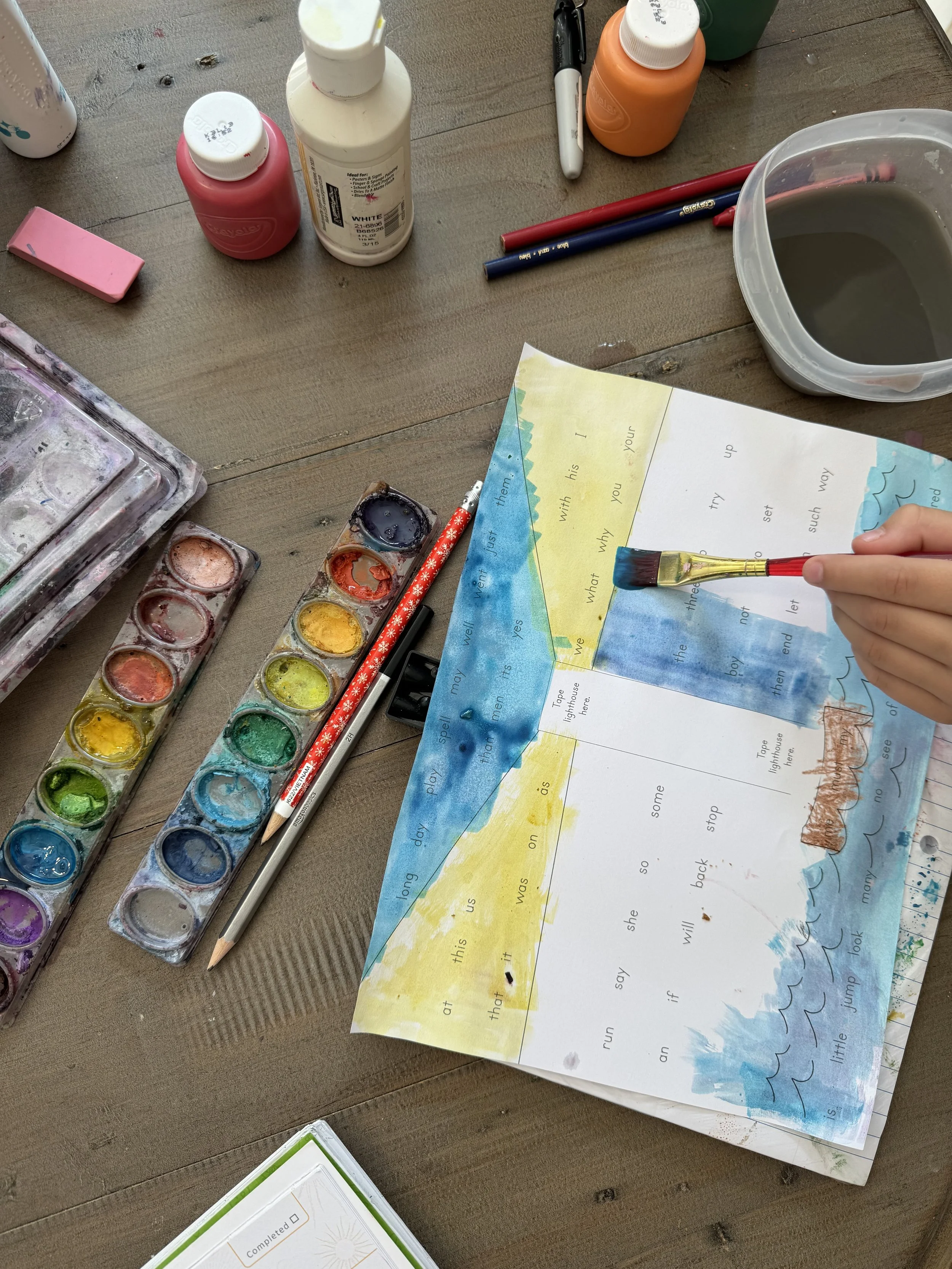ROAD SCHOOL
When I say trenches, it was for a solid six months until we understood how homeschooling would work for our family.
I was in the dark and didn’t realize there were so many different learning styles. What I did know was that homeschooled kids tested out the highest on the ASVAB.
On my Instagram page, I have listed out the main styles that I have found to be the most popular for homeschooling currently.
To be very transparent in this process, though, I felt like a failure as a mom because I didn’t understand how my kids learned best. I just had to roll the dice.
What I liked about the curriculum we chose was that it did not include a specific doctrine. It has a nondenominational Christian foundation and a big focus on good literature and creating a well-rounded writer and editor. The overall main focus is on God, family, nature, and developing high moral character.
So, what was the best learning style for my kids? Was it practicing redundant work until mastered, or was it from learning a new concept every day that included activities and review?
Honestly, I didn’t know there was a difference until I received their school books in the mail and realized that math was specifically taught as a spiral concept, which meant a new concept every single day.
That was a curveball for us. Most public schools teach in a traditional mastery format, so I had to go against the grain and rewire their brains to learn in a different style, which required a lot of cerebral intake. The overall idea was that constantly reviewing concepts would help them retain the information.
At first, that came with many tears and “I don’t know,” which we had to turn into “This is difficult, but we will do this,” along with a lot of prayer and hiking.
We traveled the country, seeing friends and family we hadn’t seen in a long time and visiting fifteen National Parks.
The beauty of homeschooling is that an average public school year lasts 36 weeks, with only 10 days allowed for unexcused absences.
Our homeschool curriculum only requires 30 weeks, which allows time to explore other interests. Each state has different homeschool requirements, so make sure to look this up for your area.
For us, the first year involved a lot of hands-on science, completing the Jr. Ranger National Park books, math, and language arts. The beauty of the language arts book we are using is that it includes everything from phonics, spelling, writing, grammar, literature, art, poetry memorization, and geography, all wrapped up in one.
The part that made it challenging was that from Kindergarten to 3rd grade, the course is extremely hands-on for the parent and child. The kids needed my constant attention, and they weren’t able to do much independently. I couldn’t read instructions and then let go because phonics and reading were still a huge focus.
However, in 4th grade and above, there is a shift to self-direction by the student and parent involvement for questions. I was longing for this day.




